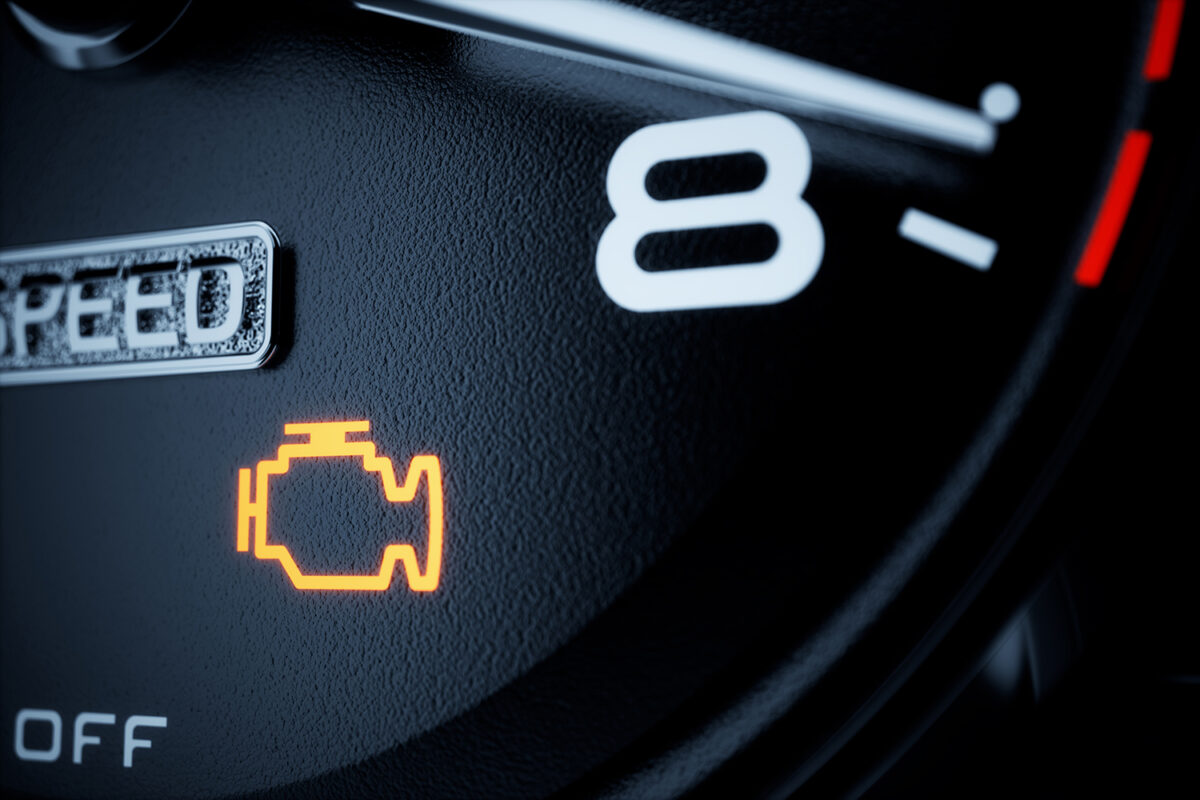Diagnosing your Check Engine Light

August 4, 2023 Topic: How ToTech Talks
The dreaded check engine light – an ambiguous warning sign that can make any vehicle owner anxious. When that little yellow or orange icon illuminates on your dashboard, it’s easy to feel overwhelmed and uncertain about what to do next. However, don’t fret; the check engine light is not something to be feared but rather a valuable tool that helps identify potential issues in your vehicle’s engine. In this blog, we will walk you through a step-by-step guide on what to do when your check engine light comes on, allowing you to diagnose the problem with confidence and take the necessary actions.
Step 1: Don’t Panic, but Don’t Ignore It Either
Upon seeing the check engine light, the first thing to remember is to stay calm. While the light indicates a potential problem, it doesn’t necessarily mean your vehicle is about to break down. However, it’s equally important not to ignore the light and assume it will go away on its own. Ignoring the check engine light can lead to further damage and potentially costlier repairs.
Step 2: Check for Obvious Issues
Before diving into diagnostics, check for any obvious issues. Ensure that your gas cap is securely tightened, as a loose or damaged cap can trigger the check engine light. Additionally, inspect the dashboard for any other warning lights or strange noises coming from the engine.
Step 3: Scan for Trouble Codes
The next step in diagnosing the check engine light is to retrieve the trouble codes stored in your vehicle’s onboard diagnostic system (OBD-II). An OBD-II scanner is a handy tool that connects to your car’s computer and provides information about the detected issue. Many automotive parts stores offer code scanning services for free or at a minimal charge.
Step 4: Interpret the Trouble Codes
Once you have the trouble codes, you can start deciphering them to understand the underlying problem. Each code consists of a letter followed by four digits (e.g., P0123). You can find code explanations in a quick online search. Keep in mind that a single code may not always pinpoint the exact issue; it might provide a clue about a broader problem area.
Step 5: Assess the Severity of the Issue
Not all check engine light issues are created equal. Some problems may be minor and can be addressed at a later time, while others might require immediate attention. If your vehicle exhibits signs of severe issues like overheating, strange smells, or loss of power, it’s best to pull over safely and call for assistance.
Step 6: Perform Visual Inspections
Once you have a sense of the potential issue, perform visual inspections of critical components. Look for damaged or disconnected hoses, loose wires, or any obvious signs of wear and tear. While some issues might be visible, keep in mind that many underlying problems can’t be detected by the naked eye.
Step 7: Seek Professional Help
If you are unable to identify the problem or lack the expertise to fix it yourself, it’s time to seek help from a professional mechanic or an automotive shop. An experienced technician will have the knowledge, tools, and diagnostic equipment to pinpoint the exact issue and perform the necessary repairs.
Step 8: Don’t Clear the Codes (Yet)
Once the check engine light has been diagnosed and any necessary repairs have been made, resist the temptation to clear the trouble codes immediately. By leaving the codes intact, you can monitor the vehicle’s performance to ensure that the issue has been resolved. If the check engine light stays off after a few days of driving, it’s a good sign that the problem has been successfully fixed.
The check engine light may be an unwelcome sight, but it serves as a valuable early warning system for potential engine problems. By following this step-by-step guide, you can calmly and confidently diagnose the check engine light issue, saving time and money in the long run. Remember, when in doubt, it’s always best to consult a professional mechanic for accurate diagnostics and repairs. Regular vehicle maintenance and prompt attention to check engine light warnings will keep your car running smoothly and ensure safer travels on the road.
